Nature photographers and filmmakers who have a passion for wildflowers should make a point to visit the tallgrass prairie. The tallgrass prairie once covered 250 million acres of land, making it the largest ecosystem in the U.S. at the time. Over the years, that area has shrunk to about a million acres largely due to human activities. This natural community boasts dozens of beautiful wildflowers. Read on for a few of the wildflowers native to the tallgrass prairie.
The Jerusalem artichoke also goes by the names sunroot, earth apple and sunchoke. It is a type of sunflower that originally grew in the central parts of North America. Its leaves are hairy and its flowers are yellow. Native Americans used the tubers of the Jerusalem artichoke for food; nowadays, the roots are often used as gourmet vegetables. In addition, it is a potential source of sugar. When stored, inulin in the tubers turns into fructose, which is much sweeter than sucrose. Diabetics can safely consume sugar made from sunchoke tubers. It is not widely used to make sugar mostly because of the difficulties in planting, harvesting and storing it. In France, sunchokes are used to produce beer and wine.
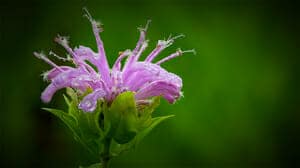
Bee Balm
Bee Balm flowers are known for their pleasant fragrance. The bee balm plant is edible. Everything except its roots can be used as flavoring, garnish or as a main part of a meal. It has also long been used for its medicinal properties. It was used to remedy colds, headaches, gastric disorders, fevers and much more. It is also very effective at treating skin infections or eruptions.
The Evening Primrose is a perennial plant that has yellow flowers. It is known for its beauty and is often found in rock gardens. This plant has numerous uses. It can be eaten; leaves, seeds and roots included. Ground Evening Primrose seed can be added to yoghurt and cereals. It is rich in omega-3 fatty acids and a rare form of omega-6, gamma-linolenic acid. When included in the diet, it reduces the risk of cardiovascular disease and strengthens the heart. It also helps with arthritis, breast pain and menopause.
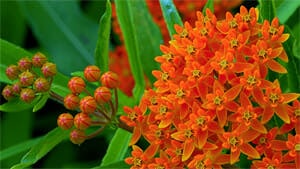
Butterfly Milkweed
Among the most attractive of the wildflowers of the tallgrass prairie are the distinct purple flowers of the Venus Looking-glass. So are the orange flowers of the Butterfly Milkweed. Also called Butterfly-weed or Chigger-weed, the roots of this plant were once used to treat asthma and bronchitis. Additionally, it was often used to make tea and eaten.
The Purple Poppy Mallow has hairy stems and a large taproot. Its flowers are cerise or reddish violet. It has great ornamental value. The Lakota and Dakota used Purple Poppy Mallows for medicinal purposes. Colds were treated by inhaling the smoke from burning dried up roots of the plant. To remedy intestinal discomfort, they drank tea brewed from its roots.
The False Indigo flower is also found in the tallgrass prairie. This flower also goes by the names Blue Wild Indigo, Indigo Weed, Horse Fly Weed or Rattlebush. It traces its origins back to the central and eastern parts of North America. Native Americans used it to make blue dye. They boiled the roots of this flower to remedy toothaches and nausea.
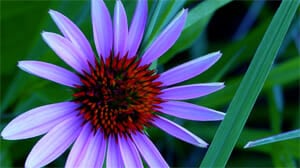
Coneflower
Purple and pale pink coneflower flowers are sure to please all kinds of nature filmmakers. This member of the daisy family is native to central and eastern parts of North America. These showy flowers are a great for gardens. Native Americans used the coneflower for medicinal purposes. It was used for snake bites and bee stings. Tea made from this flower was used for colds, arthritis, indigestion, malaria, hemorrhoids and much more. It is believed to boost the immune system.
Another flower that will catch the eye of many nature filmmakers is the wood lily. Its striking red or orange blooms stand out against the green of the prairie grasses. It goes by several names such as tiger lily, orange lily or huckleberry lily. Native Americans used its bulbs as food. When cooked, the bulbs were spread on bruises, sores and wounds for relief. Pollen from its flowers was sprinkled over food to make it tastier. Tea made from wood lilies was used to remedy upset stomach, coughs and fevers.
Another notable flower is the firewheel flower. Its flowers are red to purple and have yellow or white tips. The flower is also known as Indian blanket, rosering blanket flower and sundance. Other than its obvious aesthetic value, it does not have a history of medicinal purposes. It is not edible.
Undoubtedly, the wildflowers of the tallgrass prairie are a sight to behold. Occurring in the dozens, these flowers add beauty to the environment. In addition, they support a number of insects and wildlife. However the tallgrass prairie will continue to shrink if more land is cleared to make room for cultivation. Before we know it, this entire ecosystem will be destroyed, and with it all the wildlife that survives on it. Nature filmmakers have the platform to highlight the beauty of the wildlife in the tallgrass prairies and the dangers that they face. Using that platform could make a world of difference.
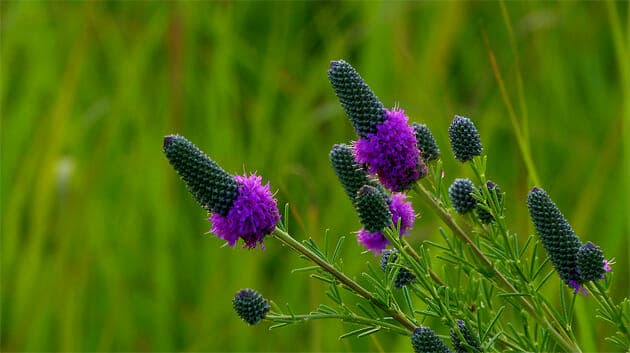
Prairie Clover


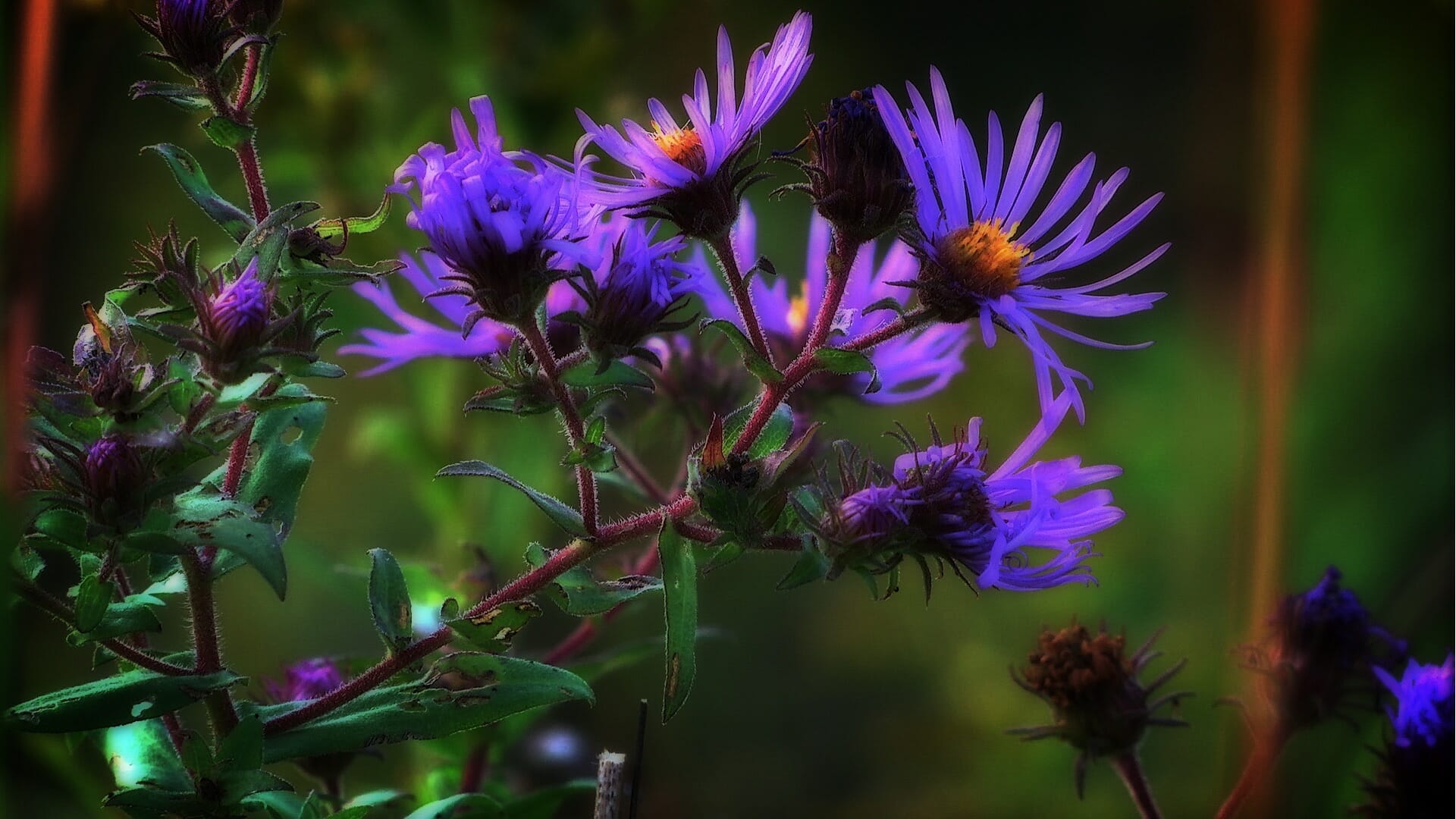
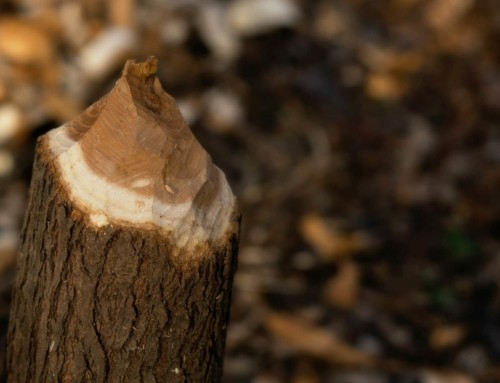
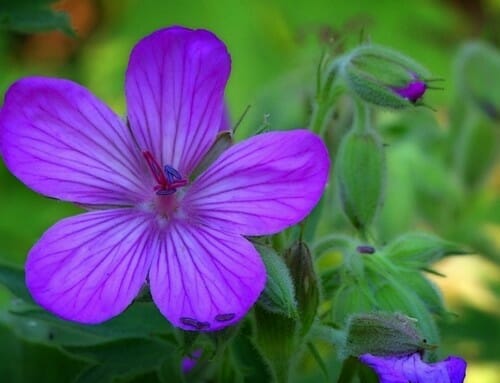
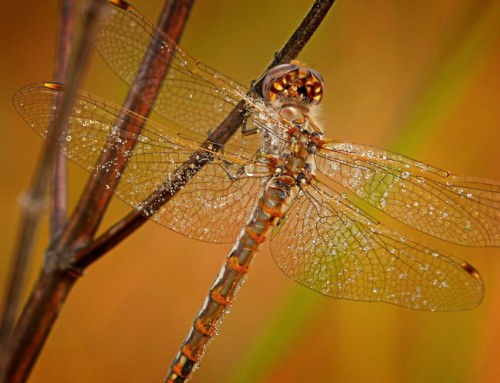
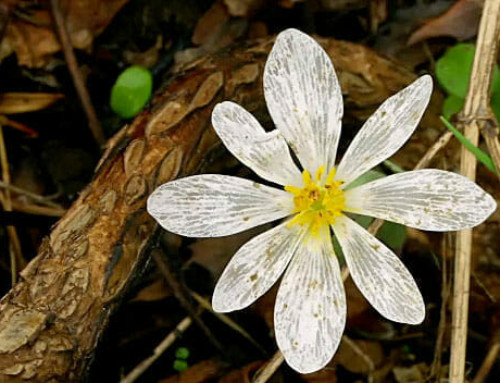
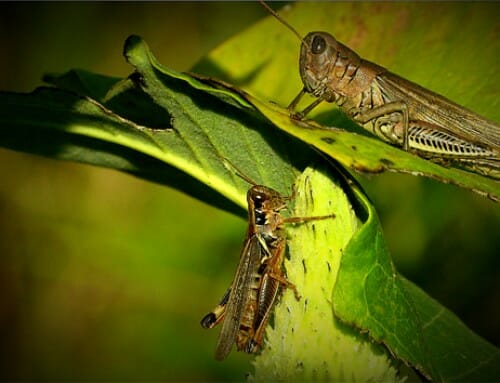
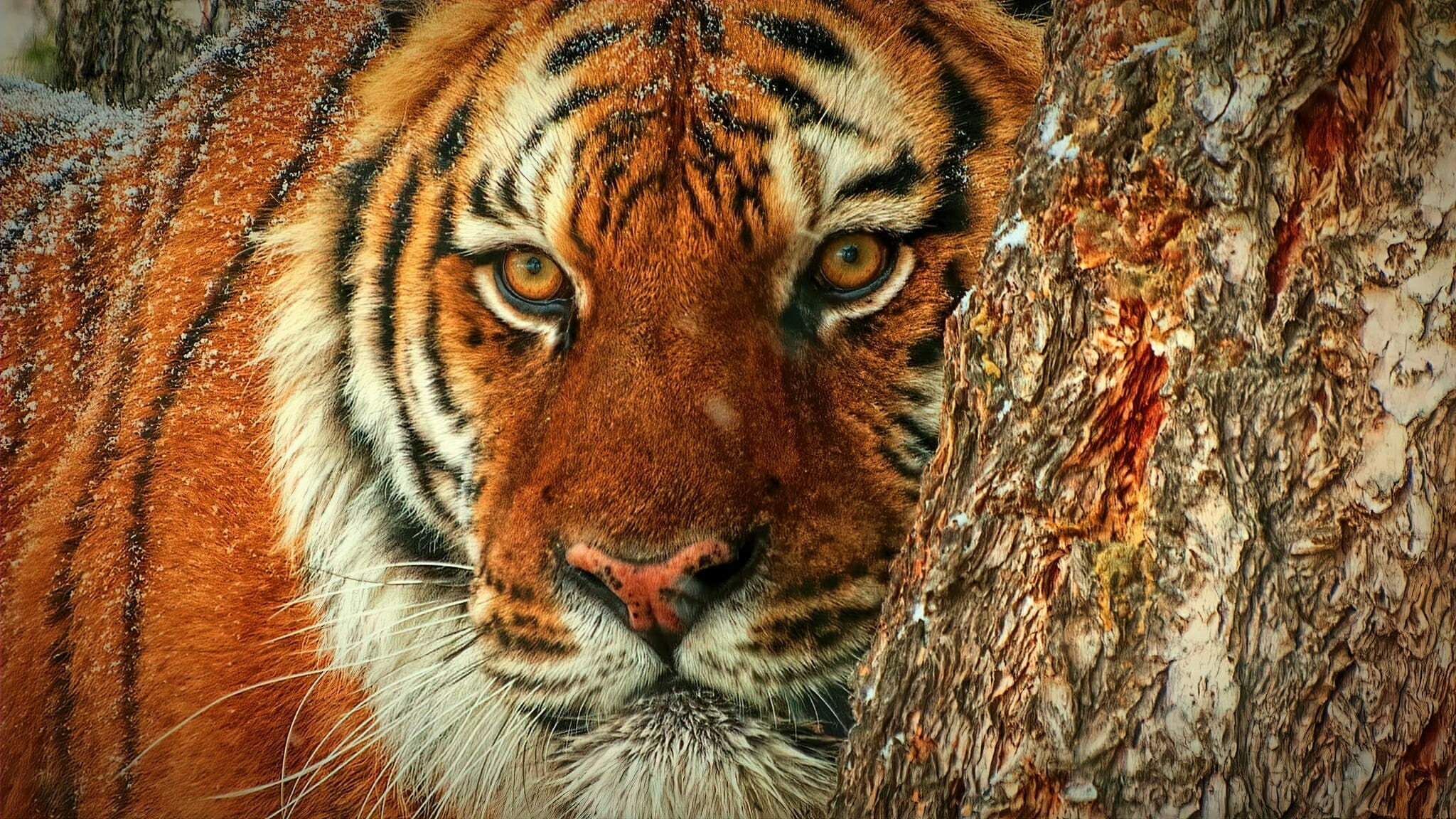
Leave A Comment
You must be logged in to post a comment.